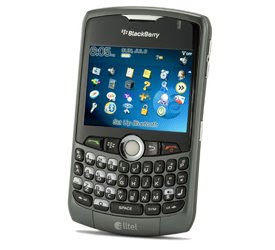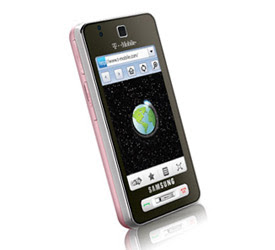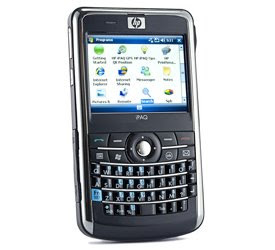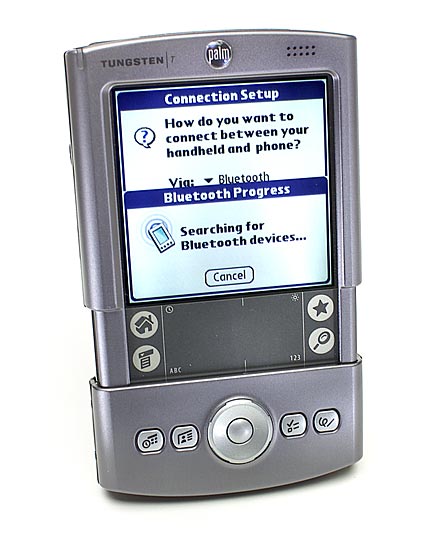
A quick recap from our original N810 review: This device isn't a phone, it's a Linux-based handheld computer that connects to the Internet via Wi-Fi or Bluetooth, and now XOHM. The N810 is a pleasure to hold and to use. The 2.8-by-5-by0.55 inch (HWD), 7.9-ounce metallic body feels solid, and the richly colorful 800-by-480-pixel screen slides up to reveal a comfortable thumb keypad. There's a VGA camera built into the side for video calling, and a little stand pops out of the back if you want to prop the N810 up on your desk. A mini-SDHC card can drop into a slot in the bottom. It's an attractive, thoughtfully built piece of hardware.
Besides providing Internet access, the N810 features a media player, an e-mail program, contacts and calendar apps, and other software, but browsing is its real strength. Nokia is the true king of handheld Web browsers—the company's Series 60 phone browser is the best in the business, and the N810's browser renders pages that look just the way they look on a desktop PC, including Flash (but not Java) plug-ins.
There's still no Microsoft Office or PIM support, and the N810 still sometimes stutters when multitasking with music and video. Since our first review, the download servers have been improved, so you can easily grab the various additional apps that Maemo.org has to offer. The site currently lists 256 apps, including a PDF reader, alternative media players, and instant messaging programs.
Of course, the real news here is the WiMAX. I activated the N810 using the XOHM Web site, by punching in the device's MAC address. (It's on a label on the box.) The N810 was working within minutes, and it auto-connected to the XOHM network in Baltimore.
Testing Internet speeds on a handheld that doesn't act as PC modem can be tough, because speed tests are usually restricted by the device's browser or processor, rather than by its modem. (And no, the N810 currently can't tether to a PC as a modem. I don't think that would violate the terms of service; the software just doesn't exist. It might be available in the future.)
I used www.speedtest.net, which is recommended by Sprint. In four tests, I achieved download speeds generally around 1Mbps down and 500 to 800Kbps up—much slower than the results I got with a PC and Samsung's SWC-E100 ExpressCard in the same location. So it's likely the N810's browser slowing things down. The more important test, however, is that Web pages felt fast, maps rendered quickly, and music streamed over the Internet seamlessly.
But when the N810 lost its signal, it had trouble picking it up again. Several times I went to the N810's connection manager after leaving a XOHM dead spot, to find a long list of Wi-Fi networks and no XOHM. When I rebooted the handheld, XOHM reappeared. Nokia needs to make that transition smoother.
The N810 isn't a phone, but it can do VoIP. Gizmo, a free program, worked over XOHM, but Skype didn't. All my Call buttons were grayed out and unavailable, so all I could do was chat. That was disappointing.
The Nokia N810 Internet Tablet WiMAX Edition isn't on the market yet, but the original non-WiMAX model is selling for around $350 or 400. WiMAX certainly transforms this gadget into a more interesting go-anywhere Web surfing device, but I still feel that its primary appeal is to Linux geeks, since it lacks some other key apps and has a relatively high price. Also, WiMAX isn't widely available yet. Today, most people will likely settle on an iPhone 3G, instead. If not, Nokia's own excellent E71, or a XOHM-powered mini-laptop (when those devices are available) are viable alternatives.
SPEC DATA :Price as Tested: $449.99 Street
Networking Options: 802.11g
Operating System: Linux Internet Tablet 2008
Processor Class: TI OMAP 2420
Type: Linux
RAM: 128 MB
Megapixels: 0.3 MP
Flash Memory Type: Secure Digital






